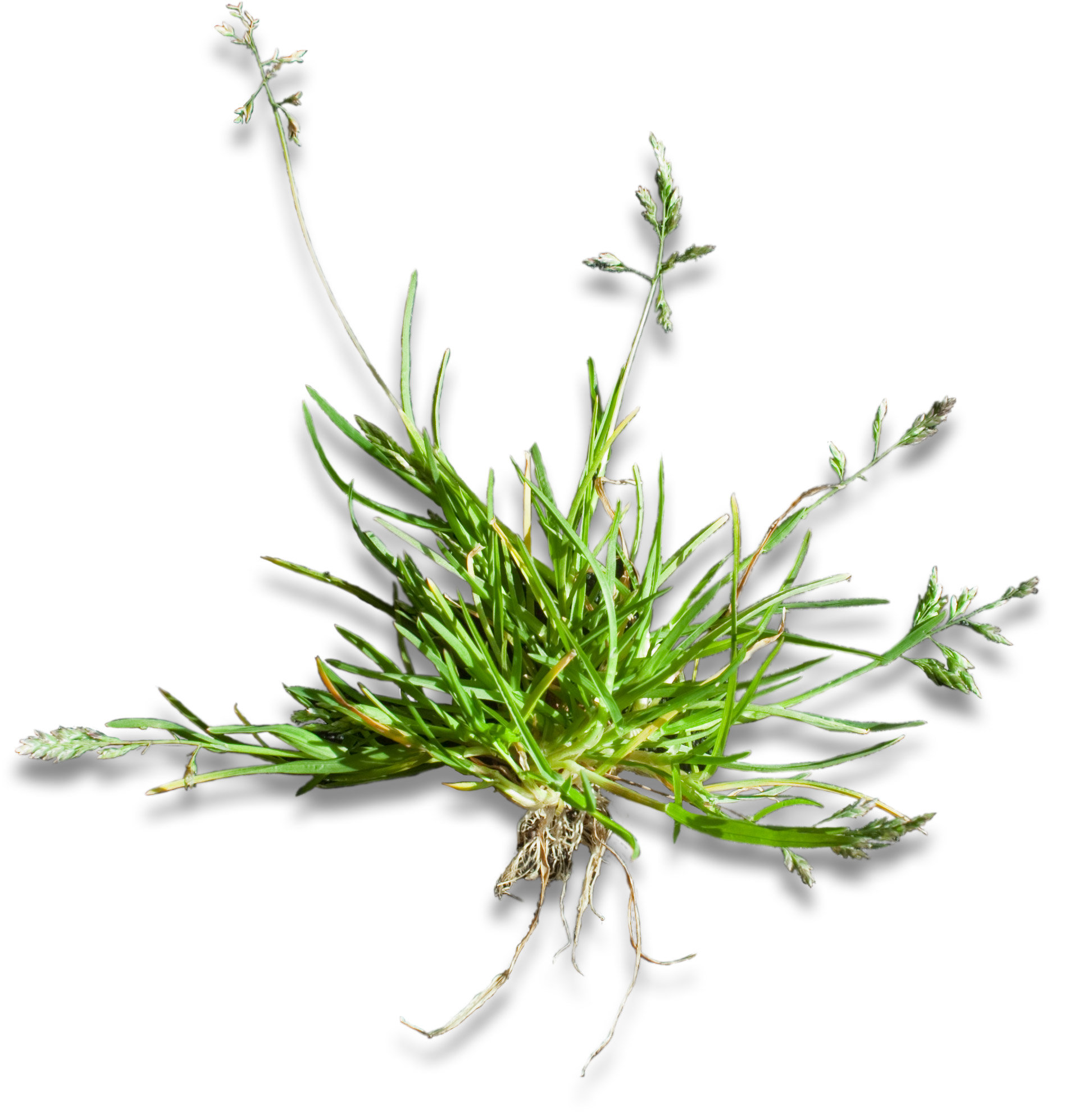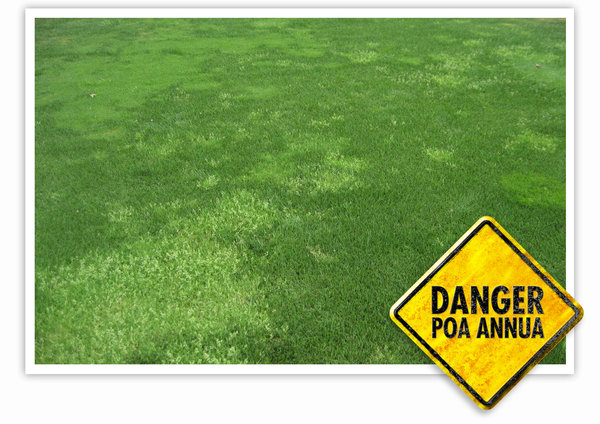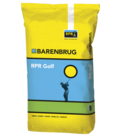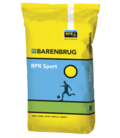In recent years, sustainable control of grass has increased significantly in importance. Annual meadow grass needs large quantities of water and fertiliser. Sustainable grass management is not possible with annual meadow grass. Environmental damage is therefore the result of this grass plant.
A major stress factor for annual meadow grass is drought. Its reaction to drought is to flower profusely, and all these flowering tufts don’t do much for the visual appeal of the field. Stress factors cause annual meadow grass to reproduce. It will try to maintain itself by forming seed heads. When this happens a lot, there is no stopping annual meadow grass and it will appear everywhere.
Annual meadow grass is very sensitive to diseases. Fusarium and Dollar Spot are the most occurring diseases in fields that contain annual meadow grass. These diseases can seriously damage a field.










